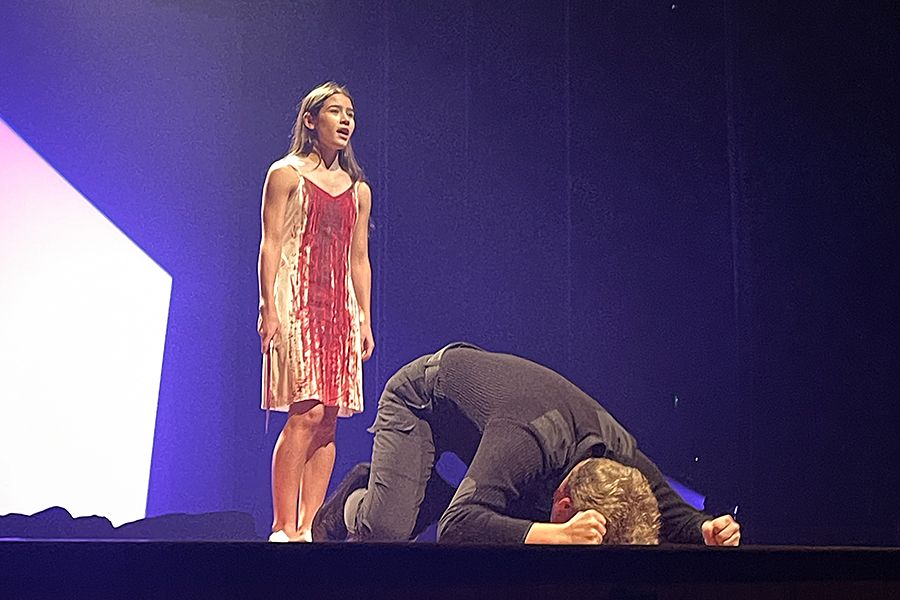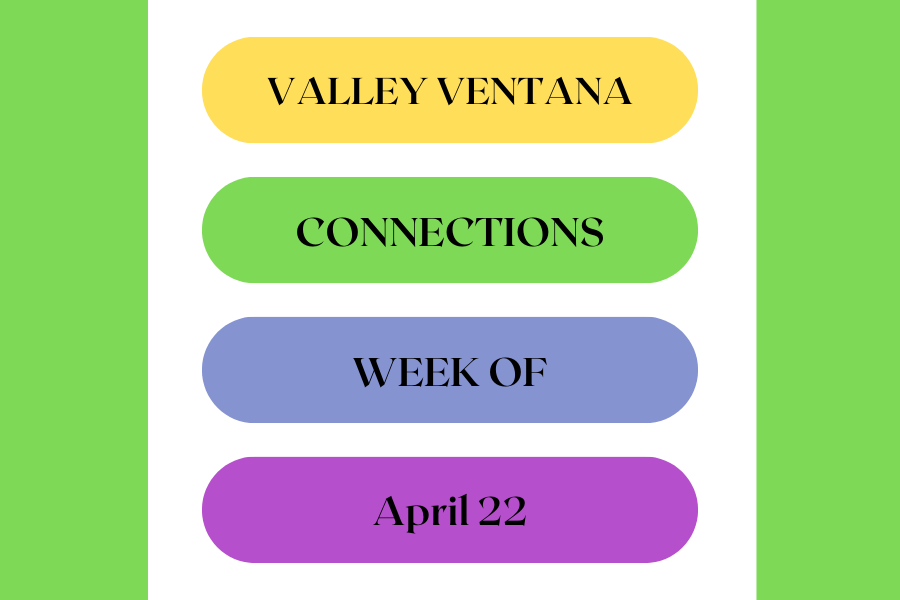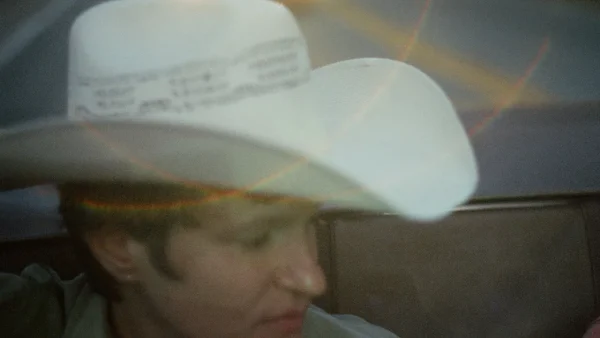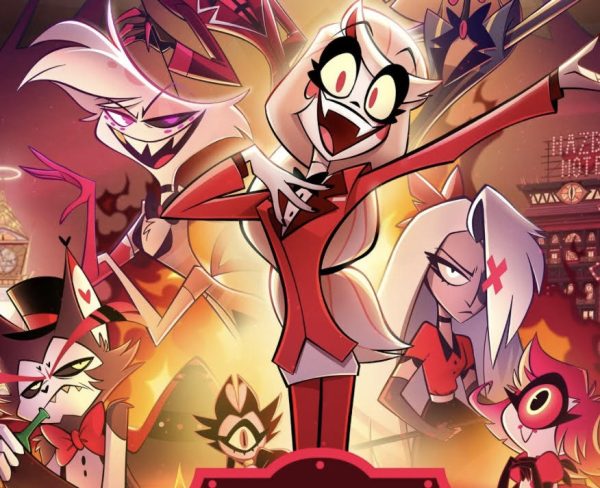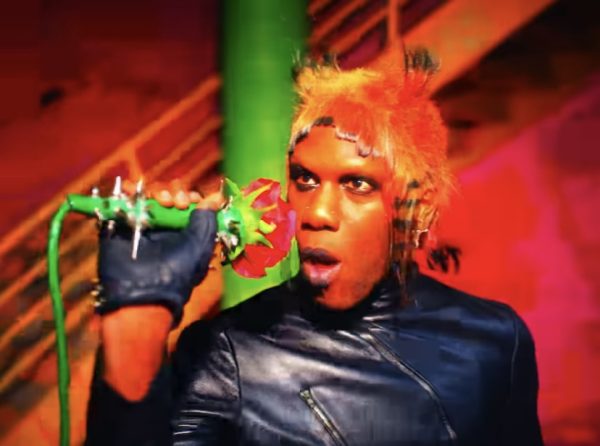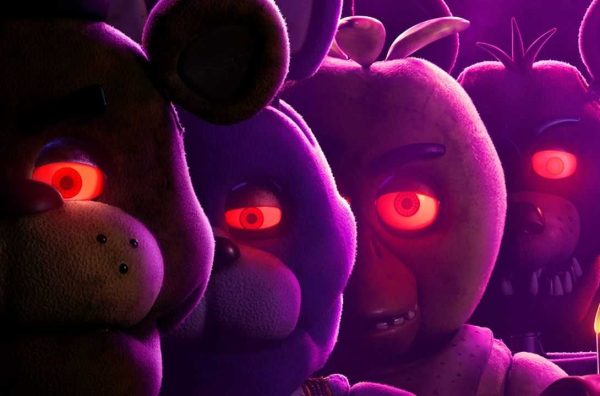Tik Tok takes over teens
Music creativity platform trends with younger audience
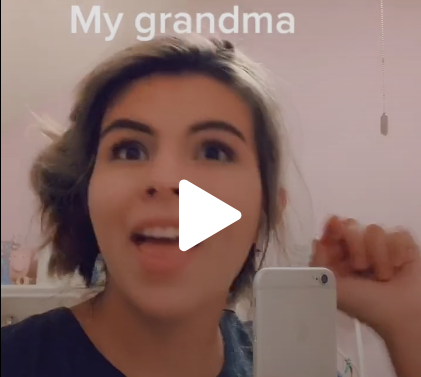
As she lip-syncs to “Beauty and a Beat” by Justin Bieber, sophomore Isabel Englehart videos a Tik Tok.
October 10, 2019
A chorus of “and I oop, sksk” when a hydro flask hits the ground in the hallways. Seemingly pre-choreographed dances performed in the cafeteria. A sudden obsession with the children’s cartoon, Peppa Pig. It seems like the entire student body is in on one big inside joke.
Tik Tok, a global video-sharing social media app, is hailed as one of the fastest growing social media platforms.
“It’s like if Musical.ly and Vine had a child,” sophomore Alejandro Hincapie said.
With 500 million active users worldwide, 33 million downloads in Apple’s IOS store, and more than one billion views yearly, Tik Tok still isn’t as well known by adults, but arguably, its everyday teenage and young adult audience is what makes it popular.
“The videos on YouTube are sometimes too long and drawn out and fake, and on Instagram all the funny stuff is just memes or fake and annoying videos,” sophomore Megan Munsell said. “Tik Tok kinda filters that out.”
After rising from the ruins of Vine and Musical.ly, both popular video-sharing social media apps that shut down in 2017, Tik Tok came onto the social-networking scene, giving users the best of both worlds by keeping Musical.ly’s ability to use filters, music, and other visual effects to create lip-synching videos and Vine’s app structure of being able to scroll through an endless feed of videos limited to seven seconds, though Tik Tok stretches the possible duration to a minute.
“I enjoy Tik Tok just as an app to goof around on,” junior Presley Downs said. “It’s just fun to go on when I’m bored.”
Despite its origins as a lip-synching app, Tik Tok has grown far from its original purpose. Users act out memes, and other creators take artistic license to parody off of them until the joke is remixed, replayed, and redone, and the cycle begins all over again.
“I don’t know too much about the app,” English I teacher Verna Mann said, “but I do know whatever’s trendy comes from Tik Tok.”
Whether one watches or produces videos, Tik Tok users have come to a general consensus: Tik Tok is addicting. Tik Tok’s infinite feed on the “For You” page allows users to swipe through clip after clip without any ad breaks or seeing the clock display, making the app seem like a timeless world to get sucked into.
“I watched it for hours and hours over the summer,” freshman Jackie Nuñez said. “It’s one of my favorite apps.”
Tik Tok has even outstretched beyond the limits of the app and has crept its way to other social media platforms. Non-Tik Tok users can become acquainted with the latest trends on their own favorite social networking apps.
“I don’t have the app, but I like to watch Tik Toks on the Instagram explore page,” sophomore Emily Anderson said.
Though plenty of Tik Toks, mainly lip-synching videos reminiscent of the old days of Musical.ly, have been rejected by the teenage audience and laid to rest in “cringe compilations” on YouTube, the app showcases a vibrant community of various interests, such as art, cosplay, and dance, like a cultural center for other young adults and teens to express creativity and just be ridiculous.
“This generation has totally redefined entertainment.” Mann said. “It’s become so personalized from how it used to be.”
Check out fellow students’ creations on Tik Tok.

